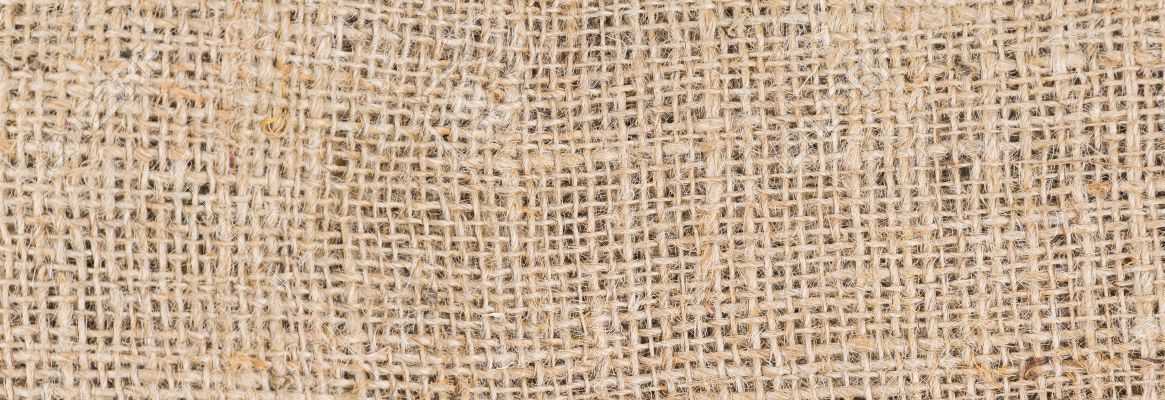Natural Fibres and their Technical Applications

Source: Textile Review
'Natural Fibres and their Technical Applications: Research in IIT Delhi'
Natural fibres present important advantages such as low density, appropriate stiffness and mechanical properties and high disposability and renewability. Moreover, they are recyclable and biodegradable. There has been lot of research on use of natural fibres in reinforcements. With the increased consciousness on environmental problems and the demand of environment-friendly fabric, natural fibres have received a great deal of attention.
Automobile giant DaimlerChrysler has been using natural fibres with extremely high tensile strength from the abaca banana plant in the standard underbody cover for the spare-wheel compartment of the 3-door version of the Mercedes-Benz A-Class model. They have also been using natural fibres such as flax, hemp, sisal and coconut in the interior of Mercedes-Benz passenger cars and commercial vehicles for many years.
|
Natural fibres can be used as various products and can be combined with synthetic (thermoplastic and thermosetting polymers) or natural materials like PLA (Biocomposites) for various applications. In the past decade, natural fibre composites have been developed, in which several natural fibres such as ramie, hemp, jute, sisal, bamboo, banana, oil palm fibres, etc. are used as reinforcements in place of glass fibres.
Life cycle environmental performance of natural fibre composites compared with glass fibre reinforced composites show that the former are environmentally superior in some specific applications for the following reasons: (1) natural fibre production results in lower environmental impacts compared to glass fibre production; (2) Natural fiber reinforced (NFR) composites have higher fibre content for equivalent performance, which reduces the amount of more polluting base polymers; (3) lower weight of NFR composites improves fuel efficiency and reduces emissions during the use phase of the component, especially in auto applications; and (4) end of life incineration of natural fibres results in energy and carbon credits.
About the Author
The author is associated with the Department of Textile Technology, lIT Delhi
Originally published in Textile Review; June 2009- Vol 4- Issue-6






